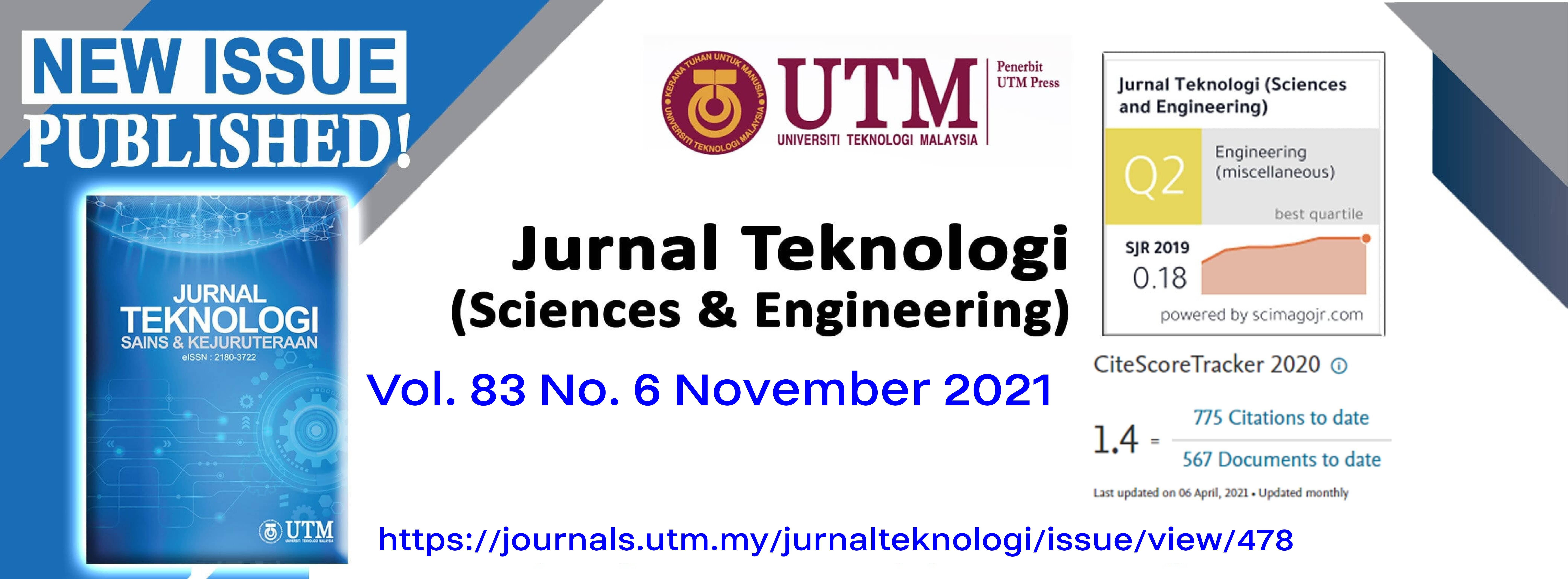EFFECT OF DRYING CONDITION ON DRYING RATE AND PHYSICOCHEMICAL OF MORINGA OLEIFERA LEAVES MILK POWDER
DOI:
https://doi.org/10.11113/jurnalteknologi.v83.17132Keywords:
Drying rate, lewis models, milk powder, moringa oleifera, tray dryerAbstract
People with animal protein allergies are not allowed to consume cow’s milk. Moringa oleifera are rich in a number of nutrients such as protein, vitamins, calcium, iron, and micronutrients, and can be an alternative to substitute cow’s milk. This study aimed to evaluate the influence of drying air temperature and air velocity on drying rate, drying kinetic and the physicochemical properties of moringa milk powder. The drying process was conducted using a tray dryer with a foam mate drying method. Moringa leaves and sesame seeds were crushed for 10 minutes using a blender. The mixture was filtered by filter paper and then mixed with dextrin and eggwhite as foaming agents of 20% and 15% weight, respectively. A baking sheet containing Moringa paste with a thickness of 5 mm was inserted into the tray dryer. The hot air at velocity variations of 0.2 m/s and 0.3 m/s, and temperature variations of 90°C, 110°C, and 130°C were applied to dry moringa paste. Lewi’s model was used to determine the drying kinetic of moringa oleifera milk powder. The optimum drying process occurred at the temperature of 130°C and the air velocity of 0.2 m/s with a critical time (tc) 20 minutes, the critical water content of the sample (Xc) 2.304 kg H2O/kg-dry-solids, a constant drying rate (Rc) 0.365 kg H2O/minute.cm2, and drying kinetic constant (k) 0.0335 min-1. This study succeeded in producing powdered milk with the highest fat content of 14% while the protein content of 19.2%.
Downloads
Published
Issue
Section
License
Copyright of articles that appear in Jurnal Teknologi belongs exclusively to Penerbit Universiti Teknologi Malaysia (Penerbit UTM Press). This copyright covers the rights to reproduce the article, including reprints, electronic reproductions, or any other reproductions of similar nature.
















